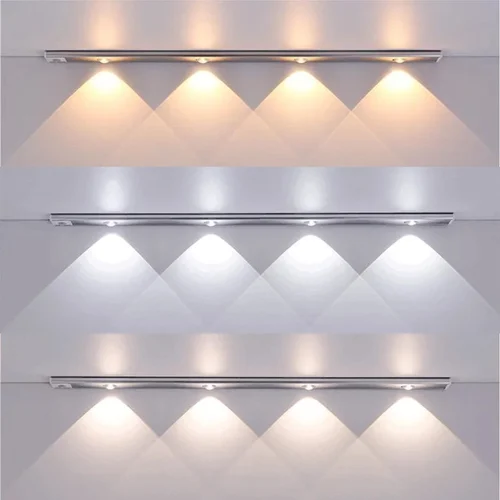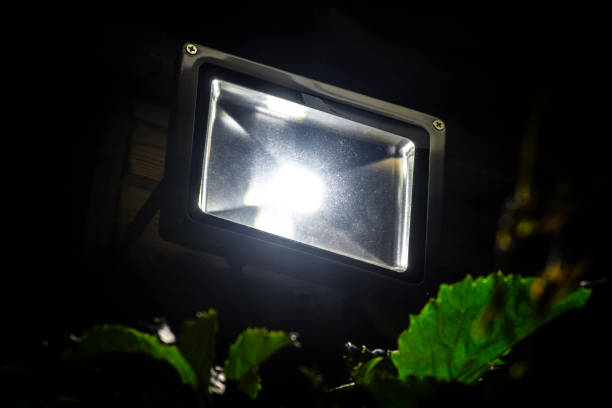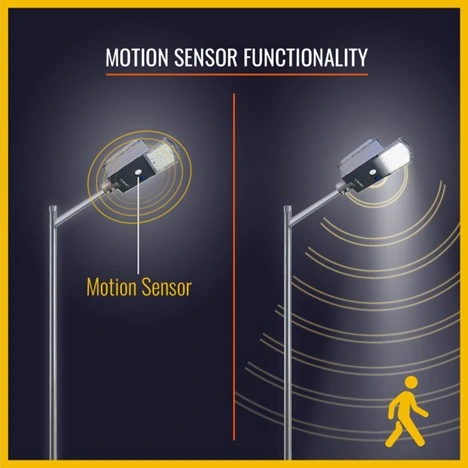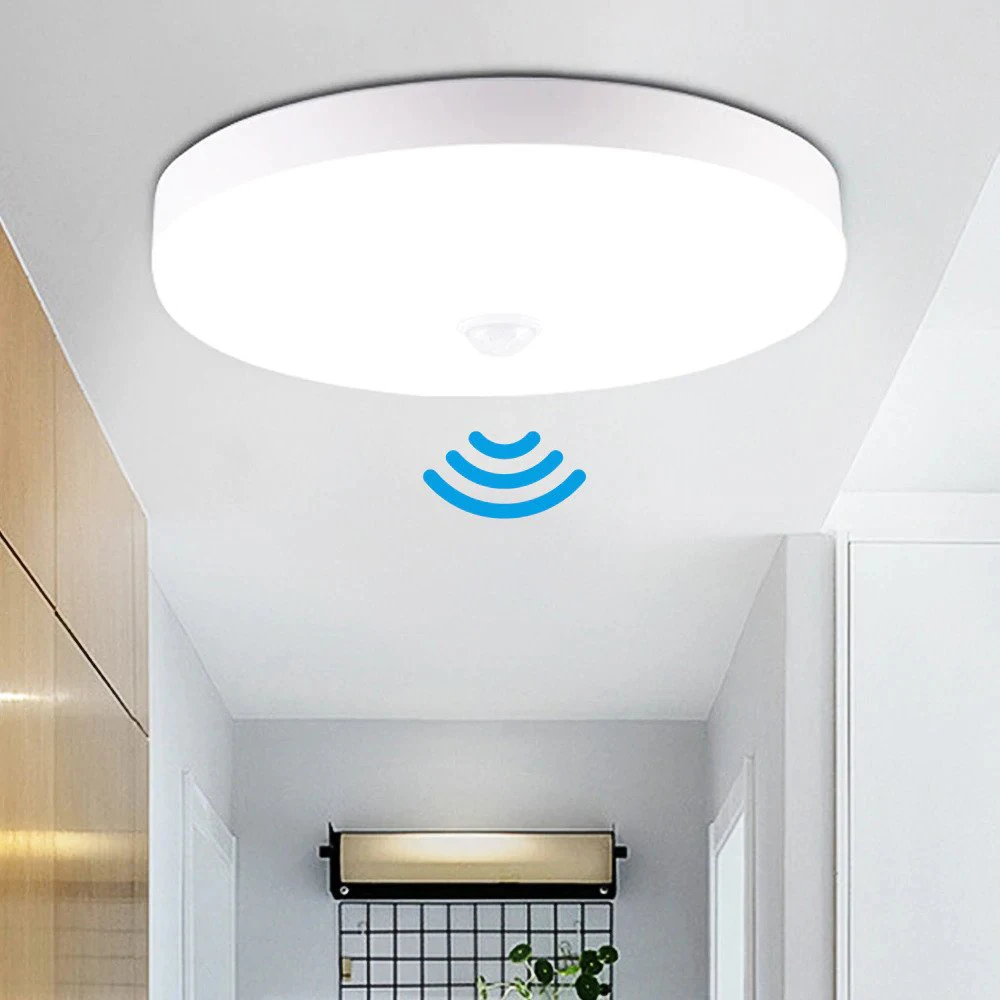

Key Features
1. Motion Detection:
- Types: Passive Infrared (PIR), Microwave, Ultrasonic, and Dual-Technology sensors.
- Description: Motion sensors detect movement within a specified range and trigger the light to turn on or brighten to a set level. PIR sensors detect infrared radiation from moving objects, while microwave and ultrasonic sensors use waves to detect motion. Dual-technology sensors combine multiple methods for enhanced accuracy.
2. Auto Dimming Functionality:
- Range of Dimming: Typically from 0% (off) to 100% (full brightness).
- Description: The light automatically dims to a lower level (e.g., 10-30% brightness) when no motion is detected, conserving energy. When motion is detected, it brightens to the preset level (e.g., 70-100% brightness) for better visibility.
- Adjustable Dimming Levels: The dimming level can be set manually to customize brightness based on user preferences or environmental needs.
3. Ambient Light Sensing:
- Feature: Integrated photocell or light sensor.
- Description: Measures the ambient light levels and adjusts the brightness of the light accordingly. For example, the light remains off or at a low dimming level during daylight hours and only activates or brightens in low-light conditions or at night.
4. Sensitivity Adjustment:
- Range: Adjustable sensitivity for motion detection (e.g., low, medium, high).
- Description: Allows users to fine-tune the sensor’s sensitivity to avoid false triggers from small animals, blowing leaves, or other minor movements.
5. Detection Range and Angle:
- Range: Typical detection range is 10-40 feet, with a detection angle between 90° and 360°.
- Description: The range and angle determine the coverage area for motion detection. Wider angles and longer ranges provide broader coverage, ideal for large spaces or open areas.
6. Timer Settings:
- Range: Adjustable time delay from a few seconds to several minutes or hours (e.g., 30 seconds to 30 minutes).
- Description: Controls how long the light stays on or remains at a higher brightness level after motion is detected. The timer resets with continued motion detection.
7. Control Options:
- Types: Manual override, remote control, smartphone app, and integration with smart home systems.
- Description: Various control methods allow users to customize settings, such as dimming levels, detection range, timer, and sensitivity, or manually turn the light on/off.
8. Power Source:
- Types: Hardwired (120V/240V), battery-powered, or solar-powered.
- Description: Hardwired motion sensors are suitable for permanent installations, while battery and solar-powered options are ideal for areas without easy access to electricity.
9. Energy Efficiency:
- Features: LED technology, low standby power consumption, and high-efficiency motion detection.
- Description: LED lights consume less power and have a longer lifespan, while efficient sensors reduce unnecessary energy use, further lowering costs.
10. Smart Features and Connectivity:
- Features: Integration with smart home systems (e.g., Wi-Fi, Bluetooth).
- Description: Allows for remote control and automation via smartphones, voice assistants (e.g., Alexa, Google Assistant), or smart home hubs.
11. Durability and Weather Resistance:
- Materials: Impact-resistant plastics or metals with weatherproof coatings.
- IP Rating: Typically IP44 to IP66.
- Description: Designed to withstand outdoor conditions such as rain, dust, and temperature fluctuations. Higher IP ratings are ideal for outdoor use in harsh environments.
12. Safety and Compliance:
- Certifications: UL, CE, RoHS, FCC, or equivalent.
- Description: Indicates the product meets safety and environmental standards for electrical devices.
Specification
Sensor Type
Dual-Technology (PIR + Microwave)
Dimming Range
0-100%, adjustable in 10% increments
Detection Range
Up to 30 feet, 180° detection angle
Ambient Light Sensor
Integrated, adjustable sensitivity
Timer Settings
Adjustable from 10 seconds to 30 minutes
Control Options
Manual, smartphone, Zigbee smart
Power Source
Hardwired (120V AC) with battery backup
Luminous Flux
800 lumens at full brightness
Material
UV-resistant plastic with impact-resistant glass lens
IP Rating
IP65 (weatherproof)
Lifespan
50,000 hours (LED light)
Mounting Options
Wall or ceiling mount with adjustable angle






